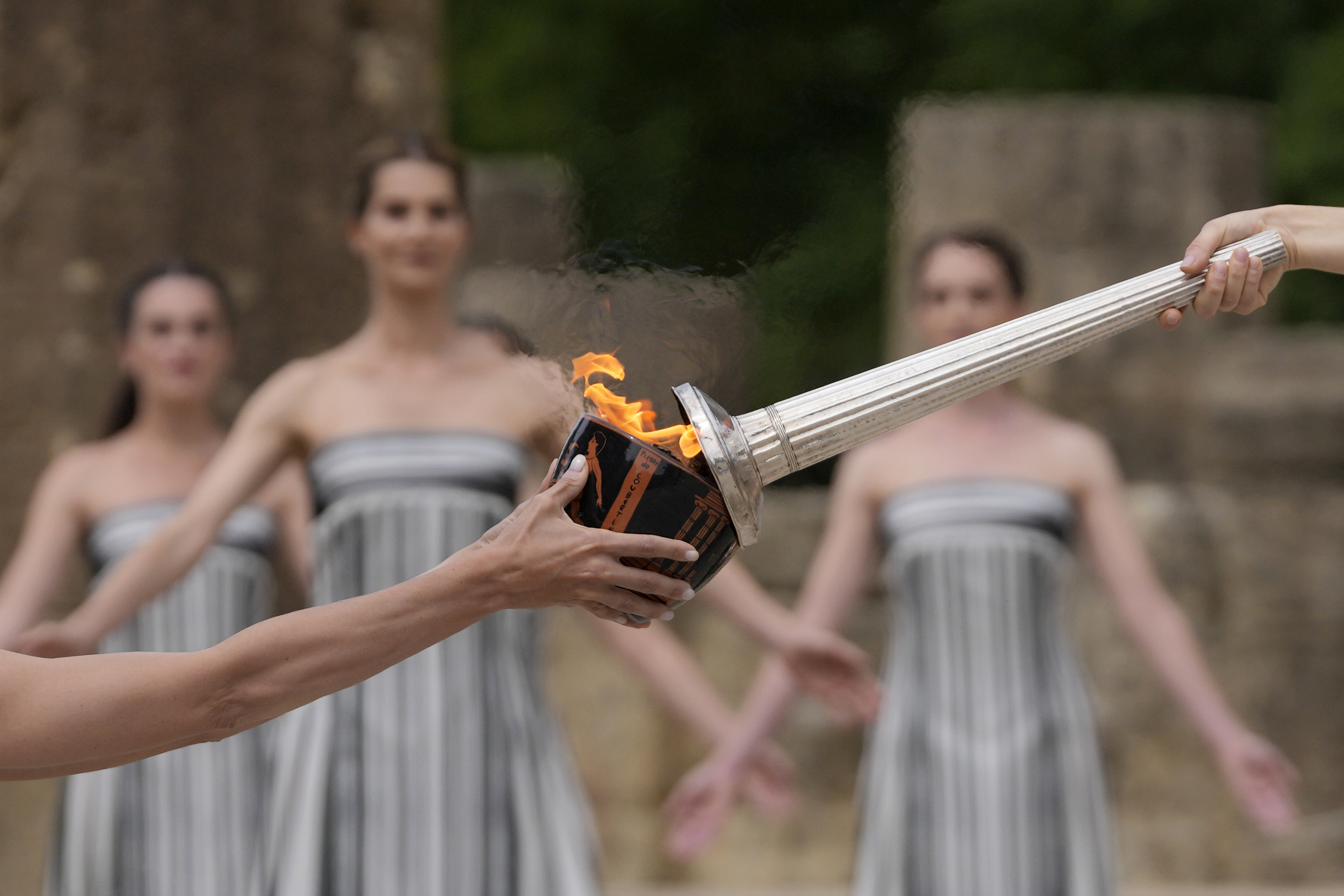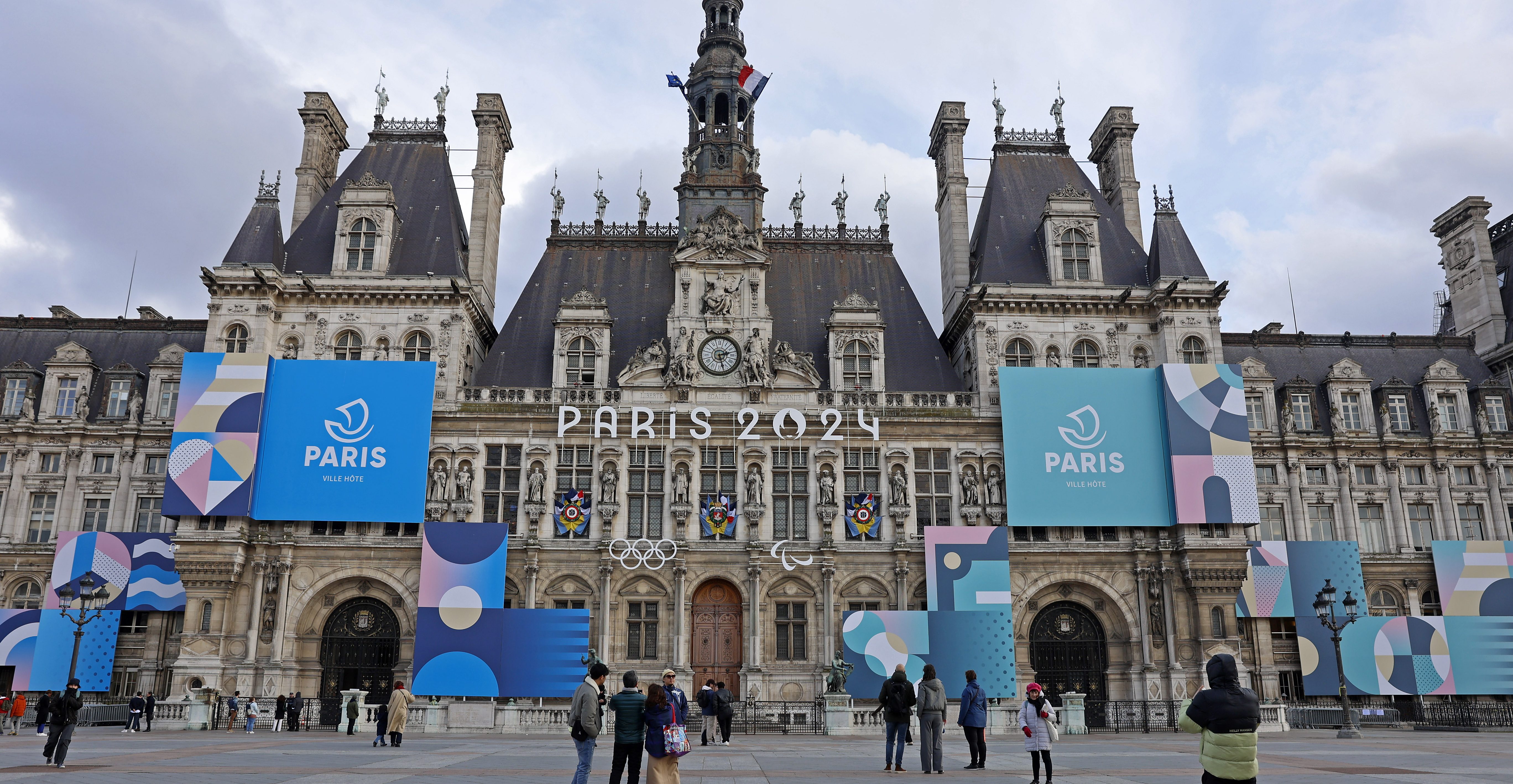The Washington Capitals' penalty-killing unit, traditionally a liability, was a surprising source of early-season strength, topping the NHL at one point in early November at 91.5 percent.
Yet that lofty success rate has regressed dramatically since, tumbling to 20th in the league at 80.5 percent as of Monday. In its past nine games dating back to Dec. 17, Washington has allowed 10 power-play goals on 33 chances, a paltry success rate of 69.6 percent.
On Saturday against the Minnesots Wild (who, coincidentally, were the Capitals' opponent on Nov. 7 when they led the league at 91.5 percent), the Capitals allowed three power-play goals on five shorthanded opportunities, which in turn allowed the Wild to rebound from a dismal first period to win 5-3.
“Our penalty kill has to be better, it has to get the job done," forward Brooks Laich said. "Trying and being here and [doing] good things isn’t acceptable. You have to get the job done."
Specifically looking at the game on Saturday, the Wild scored two of their three power-play goals -- both of which were scored by defenseman Ryan Suter -- in identical fashion: forward Dany Heatley, listed at 6-foot-4 and 220 pounds, planted himself in front of Braden Holtby, obscuring the goaltender's view of Suter's shots.
The Capitals choose to accept traffic in front of the crease so as to not to tie up one of their penalty killers with the oft-futile task of trying to clear out opposing players. Instead, they focus their attention on stopping the puck before it can get to the net, pushing the opposition to the outside and forcing them to take harmless, long-range shots which, in theory, should equate to low-quslity scoring chances.
Even then, some of the seemingly harmless shots do get through, like Suter's snap shot that found its way in for his second goal in 42 seconds or defenseman Keith Ballard's point shot that forward Jason Zucker ultimately deflected past Holtby late in the second period.
Sports
Only the Toronto Maple Leafs have allowed more shorthanded shots on goal so far this season than the Capitals' 268, which means they are not accomplishing what they set out to do. For the penalty kill to show any sort of marked improvement, those who are tasked with thwarting opposing power plays must do a better job of blocking shots. (The Capitals have blocked 101 total power-play shot attempts this season and they are the worst team in the NHL when it comes to limiting unblocked shot attempts while shorthanded.)
"I find that they're getting a lot of shots through," defenseman Karl Alzner said. "It's not always the big boomers that are hurting us, it's the little floaters. We do a pretty good job for the most part of directing guys to where we want them to go, and giving up what we think is a less dangerous chance, a little wrister, but they seem to be the most dangerous ones lately. I think we just need to do a better job of getting in the lanes.
"I don't think we block enough shots right now, and we don't want to have to block them out of desperation, get taken out of position for it, but we do need to step in front of a few more shots. ... Our low play's been good, but our play up top and blocking shots from both layers hasn't been that good."
As the Capitals' penalty kill continues to decline, they must figure out a way to stabilize and improve it. With so many factors at play, pinpointing where the onus lies will provide the greatest challenge.
"At the end of the day, they all matter," coach Adam Oates said. "You don't want to give them too much time, you don't want to give them that easy shot, you don't want to give them that much traffic. Collectively, we've got to do a better job of trying to identify where it is."
Follow Adam on Twitter @AdamVingan and e-mail your story ideas to adamvingan (at) gmail.com.



